I first got the opportunity to visit Puerto Rico on a business trip in March 2005. It left a lasting impression because I returned for a three-week vacation in January 2011. The island is rich in wildlife with many types of habitat including rain forest, marshes and mangroves, beaches and lakes, mountainous areas and dry forest.
Underneath each image you’ll find an audio button. Click on these buttons in order to hear not only the birdsong but also to experience the full atmosphere of the habitat.
El Yunque National Forest is a forest located in northeastern Puerto Rico. It is the only tropical rain forest in the United States National Forest System. Ample rainfall (over 200 inches a year in some areas) creates a jungle-like setting — lush foliage, crags, waterfalls and rivers are a prevalent sight. The forest has a number of trails from which the jungle-like territory’s flora and fauna can be appreciated.
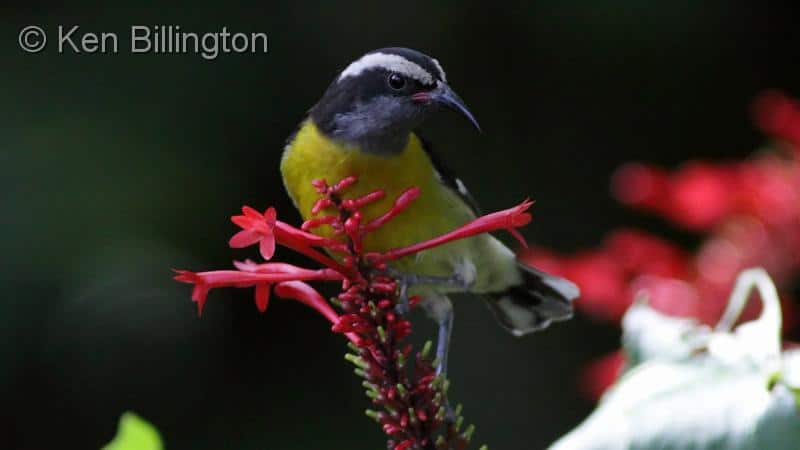
Bananaquit (Coereba flaveola)
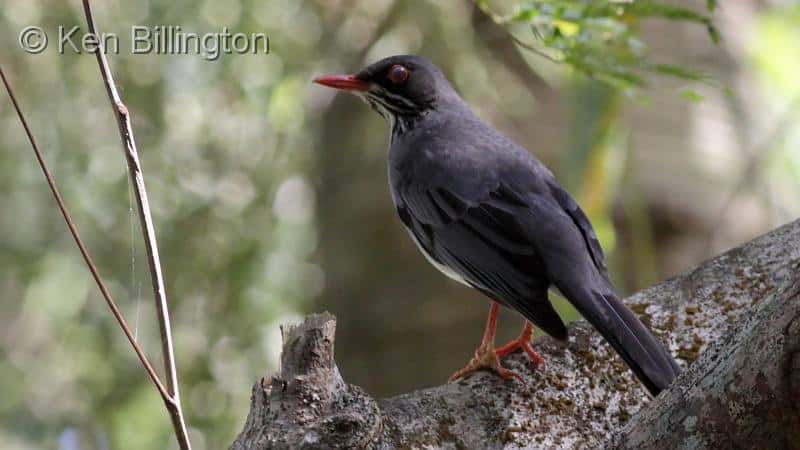
Red-legged Thrush (Turdus plumbeus)
La Parguera – The village of La Parguera is a popular tourist destination to see the famous Bahía Fosforescente (Phosphoresent Bay) and its keys and islet’s. This is a great place to stay because it is within half an hour of both the Refugio De Aves De Boqueron and the Bosque Estatal De Guanica.

Yellow-shouldered Blackbird (Agelaius xanthomus)

Greater Antillean Grackle (Quiscalus niger)
Refugio De Aves De Boqueron – This is one of the most scenic wildlife refuges in Puerto Rico. Borders the interior of Boquerón lagoon, is the same located at the back of the Beach Complex of the same name. This forest is also a great place to enjoy nature, mainly water birds, shore birds and vegetation associated to the mangroves.
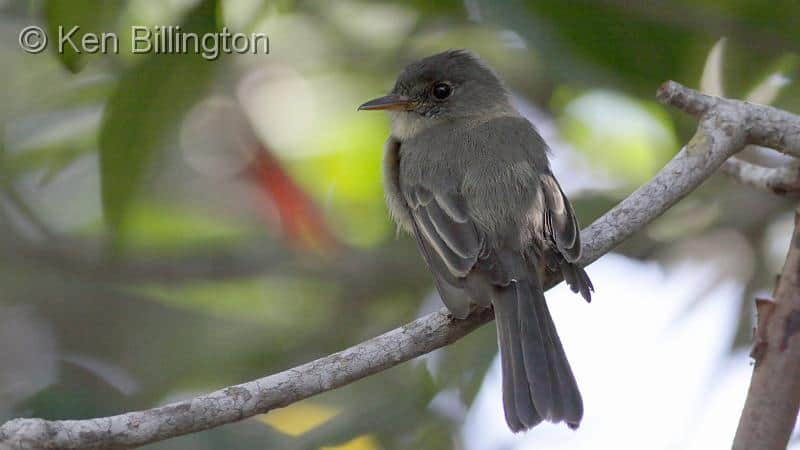
Lesser Antillean Pewee (Contopus latirostris)

Puerto Rican Flycatcher (Myiarchus antillarum)
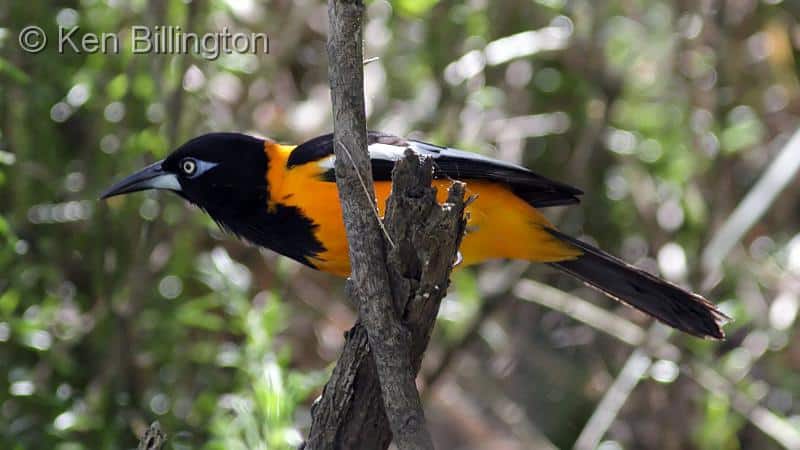
Troupial (Icterus icterus)
Bosque Estatal De Guanica – The type of forest that grows here is known as xerophytic, or just dry forest, where the scarce rainfall and dry climate yield its singular beauty and diversity. Plant species alone number in the high hundreds, almost 250 of which are spiny bushes and trees. Over 150 bird species have been counted in the reserve – doubling El Yunque’s number – as well as numerous reptiles and amphibians, like the native coquí.

Puerto Rican Tody (Todus mexicanus)
Rio Caonillas – We stayed at the Casa Grande Mountain Retreat, a former coffee plantation that has been converted into a resort. Lago Dos Bocas offers boating, kayaking and fishing, and breathtaking seaside dining. Hiking and bird-watching are enjoyable pursuits in the Rio Abajo Forest Reserve. Man-made lakes like Lago Dos Bocas and Lago Caonillas not only provide much-needed power to the region, but are also seeded with several varieties of fish.
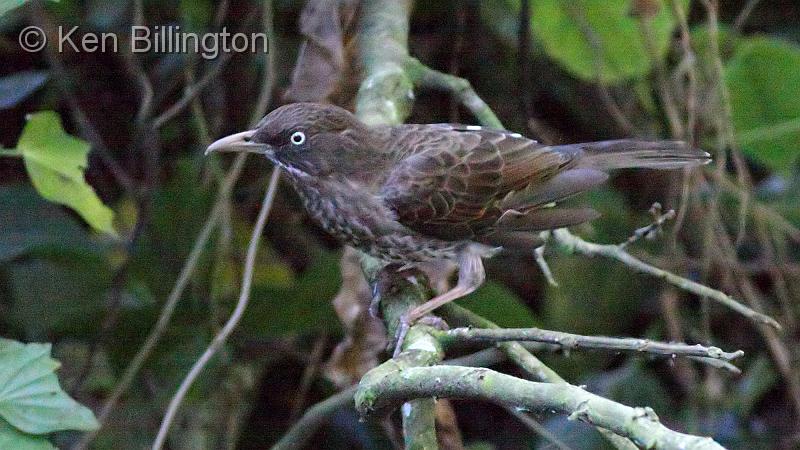
Pearly-eyed Thrasher (Margarops fuscatus)
Ken Billington
Ken, a scientist by training held various management positions in the chemical and pharmaceutical industries during his professional career, enabling him to travel extensively throughout Europe, the Americas, North Africa, Asia and Japan. Ken has always been a keen photographer and bought his first telephoto lens 10 years ago. This was the beginning of his interest in bird photography. Since then he has also become an active supporter of birding and wildlife conservation.


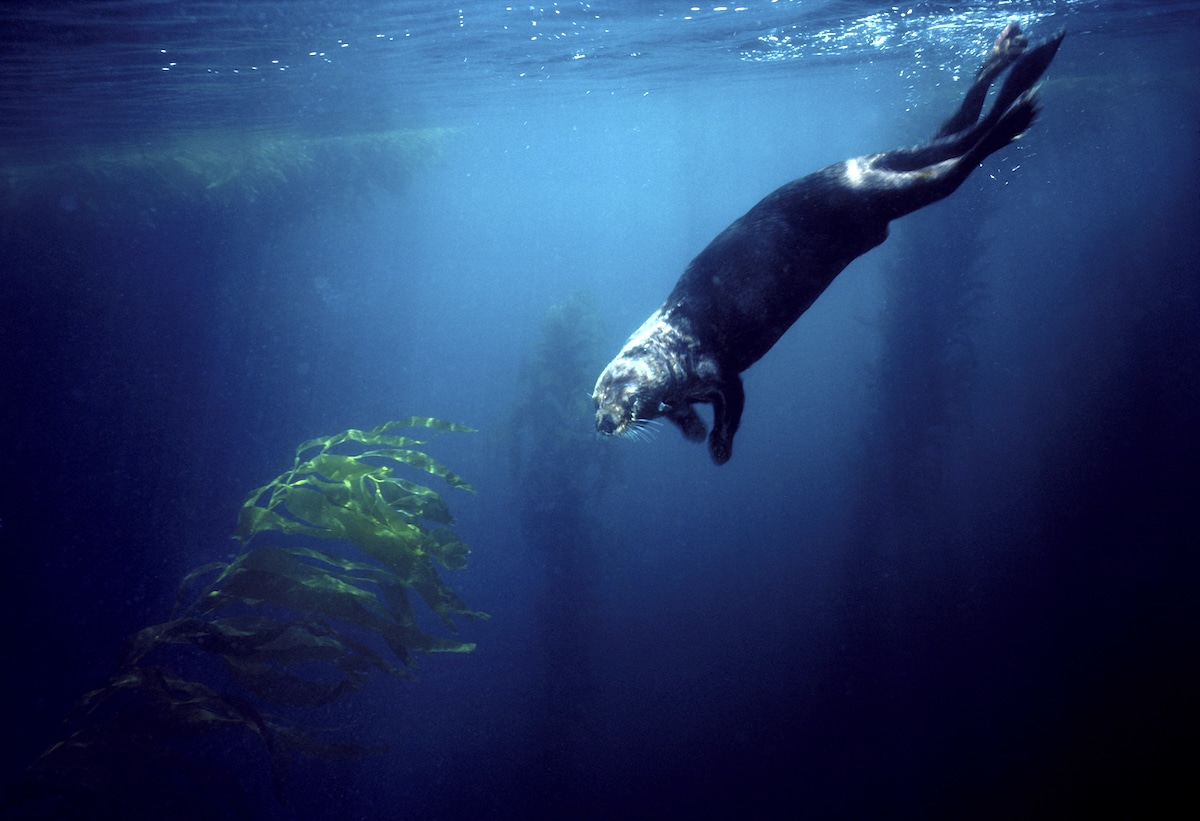



Leave a Reply